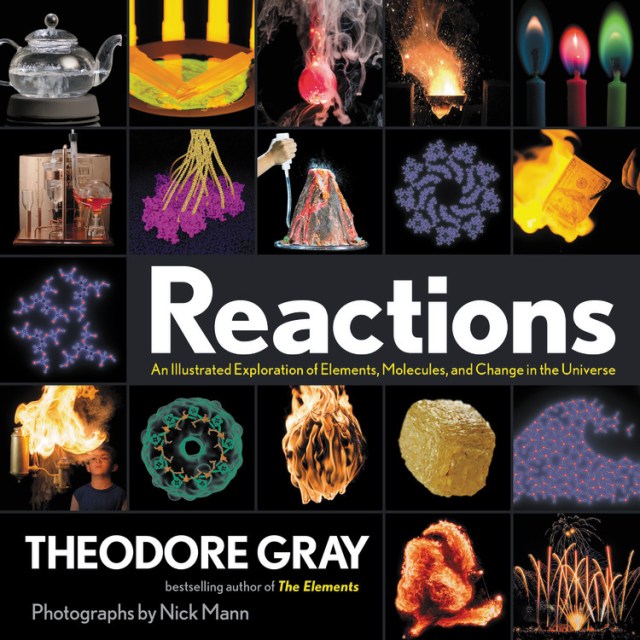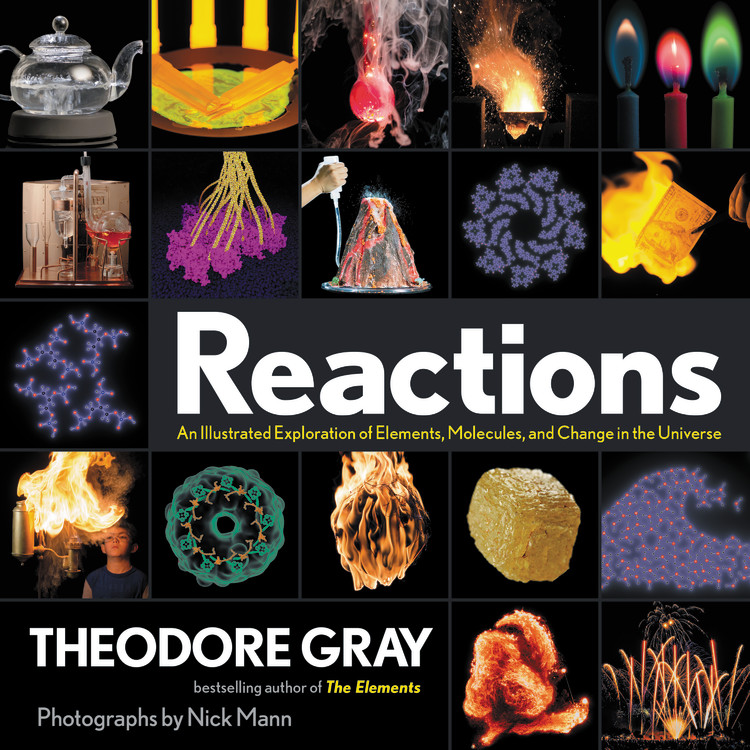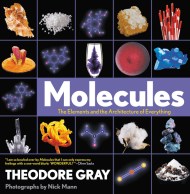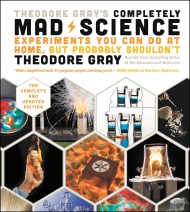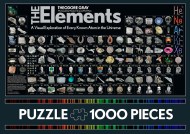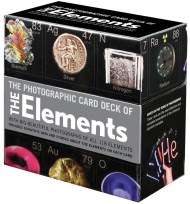Promotion
Use code BEST25 for 25% off storewide. Make sure to order by 11:59am, 12/12 for holiday delivery!
By clicking “Accept,” you agree to the use of cookies and similar technologies on your device as set forth in our Cookie Policy and our Privacy Policy. Please note that certain cookies are essential for this website to function properly and do not require user consent to be deployed.
Reactions
An Illustrated Exploration of Elements, Molecules, and Change in the Universe
Contributors
Formats and Prices
- On Sale
- Oct 27, 2020
- Page Count
- 240 pages
- Publisher
- Black Dog & Leventhal
- ISBN-13
- 9780762497362
Price
$19.99Price
$25.99 CADFormat
Format:
- Trade Paperback $19.99 $25.99 CAD
- ebook $15.99 $20.99 CAD
- Hardcover $29.99 $37.99 CAD
This item is a preorder. Your payment method will be charged immediately, and the product is expected to ship on or around October 27, 2020. This date is subject to change due to shipping delays beyond our control.
Buy from Other Retailers:
With Reactions, Theodore Gray completes the journey through the chemical world that began with the tour de force The Elements and continued with Molecules. In The Elements Gray showed us a never-before-seen photographic view of the 118 elements in the periodic table. In Molecules, he showed us how the elements combine to form the matter that makes up our world. At last, we’ve arrived at the final step in the chemical process. Reactions begins with a recap of elements and molecules and the goes on to explain the concepts that characterize a chemical reaction, including energy, entropy, and time. Gray introduces us to his favorite reactions, from those characterized by ignition and explosion, to photosynthesis, to “The Boring Chapter” in which he dives deep into reactions like paint drying, grass growing, and water boiling.
Reactions is the spectacular finale of the three-act chemical drama that Gray has illustrated for us over the years in his engaging, entertaining, and inimitable way.
Genre:
-
"[A] sumptuous coffee-table odyssey from the characters of individual atoms to our astonishing ability to 'see' molecules orbiting distant stars. The pictures complement the text ideally, whether of sugar and oxygen reacting in 'a lovely fireball' or-in the enjoyably named 'The Boring Chapter'-an artist's impression of what paint is doing while you watch it dry. The perfect adjunct to a chemistry set for any curious youngster, as long as you're not worried about explosions."Wall Street Journal
-
"In Reactions [Gray] offers a lavishly illustrated tour of [the] molecular battleground, full of wit and wonder."Nature
-
"Reactions concludes Gray's epic story of our chemical world.... In Elements, Gray taught us about the 118 elements; Molecules showed us how they combine; and in Reactions, he demonstrates, through his arresting photography and witty text, how molecules interact in ways that are essential to our very existence."Publishers Weekly
-
"Reactions is a great way to continue exploring the world, with Gray as your tour guide."Geek Dad
Newsletter Signup
By clicking ‘Sign Up,’ I acknowledge that I have read and agree to Hachette Book Group’s Privacy Policy and Terms of Use
